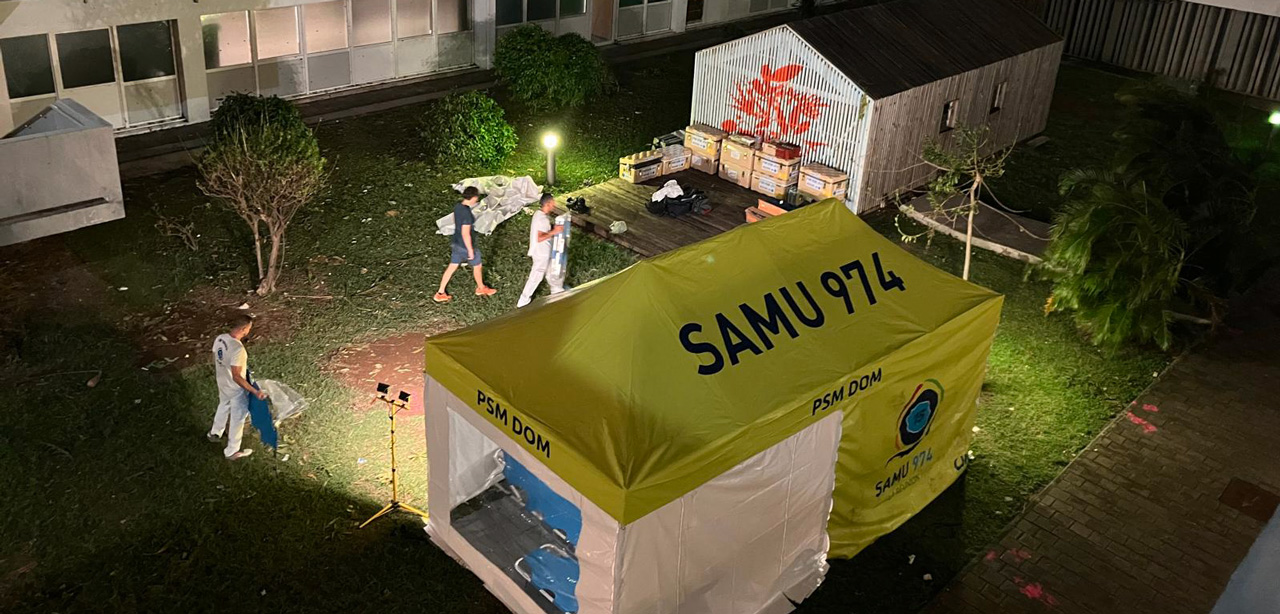Significance: The COVID-19 pandemic is inducing significant stress on health care structures, which can be quickly saturated with negative consequences for patients. As hospitalization comes late in the infection history of a patient, early predictors-such as the number of cases, mobility, climate, and vaccine coverage-could improve forecasts of health care demand. Predictive models taken individually have their pros and cons, and it is advantageous to combine the predictions in an ensemble model. Here, we design an ensemble that combines several models to anticipate French COVID-19 health care needs up to 14 days ahead. We retrospectively test this model, identify the best predictors of the growth rate of hospital admissions, and propose a promising approach to facilitate the planning of hospital activity.
Auteur : Paireau Juliette, Andronico Alessio, Hozé Nathanaël, Layan Maylis, Crépey Pascal, Roumagnac Alix, Lavielle Marc, Boëlle Pierre-Yves, Cauchemez Simon
Proceedings of the National Academy of Sciences of the United States of America, 2022, vol. 119, n°. 18, p. e2103302119


